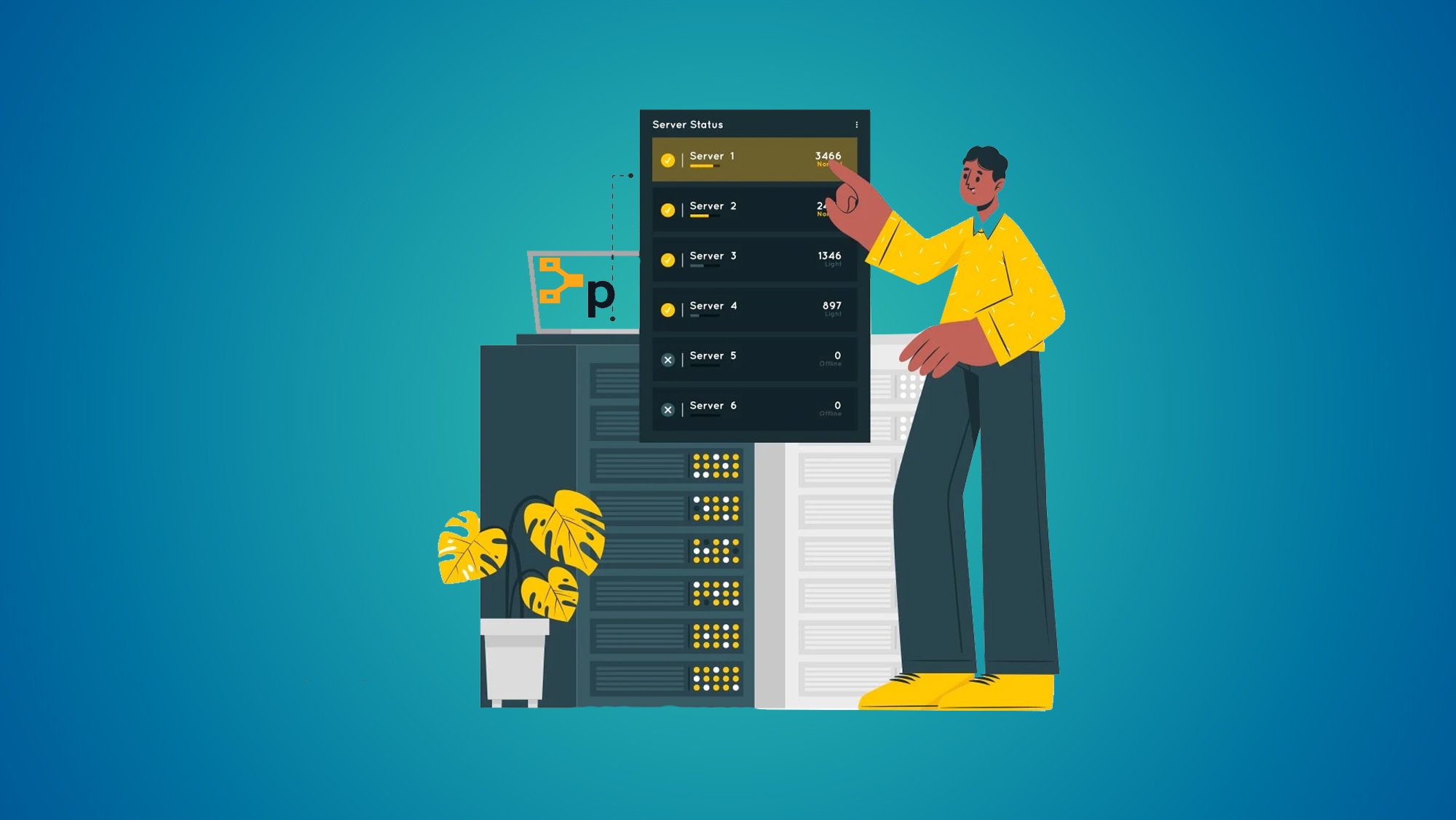Introduction:
In the ever-evolving world of IT infrastructure management, the ability to automate tasks and configurations is a game-changer. Automation not only saves time and reduces human error but also enables IT teams to focus on strategic initiatives rather than routine maintenance. Among the leading players in the field of automation is Puppet, a powerful configuration management tool that empowers organizations to streamline their operations and achieve greater efficiency. In this blog, we'll explore the world of automating infrastructure with Puppet and delve into the ways it can transform your operations.
The Power of Automation in Infrastructure
Before we delve into Puppet's capabilities, let's underscore the importance of automation in modern infrastructure management:
- Consistency: Automation ensures that configurations are consistent across all systems, minimizing the risk of configuration drift and resulting in more stable and reliable environments.
- Efficiency: Automation eliminates manual, repetitive tasks, freeing up valuable time for IT teams to focus on higher-value activities such as innovation and optimization.
- Scalability: With automation, scaling resources becomes seamless. Whether you're provisioning new servers or deploying applications, automation ensures that the process is efficient and reliable.
- Reduced Human Error: Automating tasks reduces the likelihood of human error, which can lead to system outages, security vulnerabilities, and other issues.
Puppet: A Blueprint for Automation
Puppet is a configuration management tool that allows you to define and enforce the desired state of your infrastructure using code. By using Puppet's declarative language, IT teams can specify the configurations they want to apply to various systems, from servers to networking devices. Puppet then takes care of ensuring that the systems adhere to these configurations, automating the entire process.
Key Features of Puppet:
- Declarative Language: Puppet uses a declarative language, which means you specify the desired outcome, and Puppet takes care of the how. This approach simplifies configuration management and reduces the need for writing complex scripts.
- Resource Abstraction: Puppet abstracts the underlying resources, allowing you to manage configurations at a higher level. This means you can define configurations for packages, services, files, and more, regardless of the specific operating system.
- Agent-Server Architecture: Puppet follows an agent-server model. Agents installed on managed nodes communicate with a central Puppet master to retrieve and enforce configurations. This architecture enables centralized control and reporting.
- Catalog Compilation: Puppet compiles catalogs that describe the desired state of each node. These catalogs are generated based on the defined configurations and are used by agents to apply changes to the systems.
- Idempotence: Puppet is idempotent, meaning that applying the same configuration repeatedly yields the same outcome. This ensures that Puppet only makes necessary changes, avoiding unnecessary modifications.
Getting Started with Puppet Automation:
- Define Manifests: Manifests are the core of Puppet automation. They contain the configurations you want to apply. Manifests are written in Puppet's declarative language and define resources and relationships.
-

Read More: Everything You Need to Know About Puppet Training
- Create Modules: Modules are reusable
units of Puppet code that encapsulate
specific functionality. For example, you can create a module for configuring a web server or setting up user accounts. - Apply Changes: Once you've defined your manifests and modules, Puppet agents on managed nodes will apply the configurations based on the catalogs generated by the Puppet master.
- Continuous Monitoring: Puppet's automation is not a one-time event. It continuously monitors the state of systems and ensures they adhere to the desired configurations, even as changes occur.
Benefits of Automating with Puppet
1. Consistency and Standardization
Puppet ensures that all systems are configured consistently, reducing the likelihood of configuration drift and minimizing the risk of errors caused by manual interventions.
2. Scalability and Efficiency
Whether you're managing a handful of systems or a vast infrastructure, Puppet's automation capabilities scale seamlessly, allowing you to deploy changes and configurations efficiently.
3. Rapid Provisioning and Updates
Puppet accelerates the provisioning of new systems and the deployment of updates and changes. This agility is essential for modern IT operations that require quick responses to changing business needs.
4. Reduced Downtime and Risk
Automated configurations and updates can be tested and validated in controlled environments before being applied to production systems, reducing the risk of downtime and service disruptions.
5. Focus on Innovation
By automating routine tasks, IT teams can redirect their efforts towards innovation, strategic planning, and optimizing the infrastructure for better performance and user experiences.
Conclusion:
In the intricate landscape of IT infrastructure, automation has emerged as a force multiplier, enabling organizations to achieve operational excellence, improve security, and respond effectively to the demands of a dynamic digital environment. Puppet stands as a beacon of automation, allowing you to craft a blueprint of configurations that define your desired infrastructure state. By leveraging Puppet's capabilities, you unlock the potential to streamline your operations, enhance scalability, and elevate the overall efficiency of your IT environment.
Embrace the art of automation with Puppet, and witness the transformation of your infrastructure management from a manual endeavor to a streamlined, orchestrated symphony of technology that drives your organization forward in the digital era.
